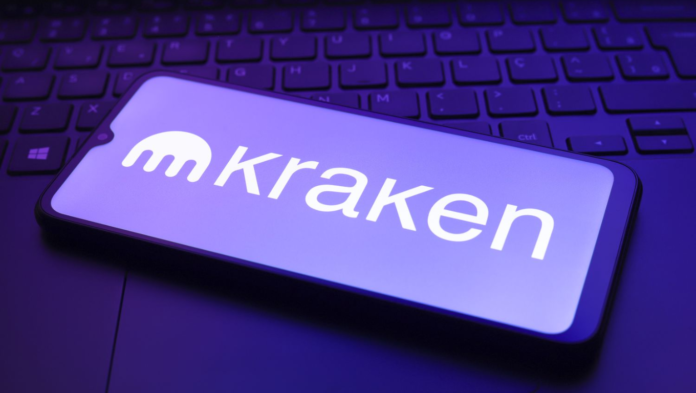Coinbase CEO Brian Armstrong is back in the spotlight, this time with a proposal that’s stirring plenty of debate across the crypto space. In a March 31 post on X (formerly Twitter), Armstrong suggested that the United States should allow stablecoins to pay interest directly to holders similar to how savings accounts work in traditional banking. On the surface, the idea sounds straightforward, but it quickly became a lightning rod for controversy.
Armstrong believes that enabling onchain interest would turn stablecoins into more than just a fast, digital payment method. It could make them an accessible financial tool for millions of people around the world. According to him, letting stablecoin users earn yield would democratize access to market-level returns and help everyday people build and preserve wealth without having to rely on banks or traditional finance institutions.
From his perspective, this isn’t just about innovation it’s about financial fairness. Armstrong argues that onchain interest would increase competition in the financial sector, pushing everyone to improve their offerings and ultimately benefitting consumers. He also emphasized that keeping such innovation onshore, within the U.S. regulatory framework, is key to maintaining leadership in the digital finance space.
But not everyone was on board. As with most bold crypto proposals, social media critics didn’t hold back. Some users questioned the legal implications, suggesting that interest-bearing stablecoins might fall under securities regulation. One user asked, “Why wouldn’t these be tokenized shares in money market funds subject to securities laws?” Others took aim at the potential economic impact, wondering if the U.S. government would essentially end up paying interest to crypto users just for holding digital dollars.
These criticisms reflect deeper tensions in the ongoing debate over how stablecoins should be classified and regulated. Are they just digital representations of fiat, or are they evolving into something closer to an investment product? That question is becoming increasingly urgent as lawmakers work to finalize stablecoin legislation that could define their role in the financial system for years to come.
Armstrong’s post comes at a pivotal moment. Congress is actively considering new rules for stablecoins, and the political climate is shifting in ways that could shape the entire sector. Adding more heat to the situation, World Liberty Financial a company reportedly linked to Donald Trump and his family recently announced the launch of its own stablecoin project, USD1. The overlap of crypto, politics, and regulation is now impossible to ignore.
Seeing the opportunity, Armstrong called on Congress to take action that supports innovation while protecting consumers. He highlighted the rare chance of having a pro-crypto administration and legislative momentum at the same time. In his words, this is the moment to build “a level playing field” that allows regulated stablecoins to offer interest just like traditional checking or savings accounts.
If that vision becomes reality, it could reshape how Americans interact with digital dollars and accelerate the global adoption of USD-backed stablecoins. The potential benefits are hard to ignore. Consumers might gain access to higher yields than what traditional banks currently offer. Companies would have new tools to attract users and develop revenue models. And the U.S. could solidify its leadership in the digital economy by setting clear, forward-looking rules.
Still, the road ahead is far from clear. The introduction of interest into the stablecoin equation blurs the lines between money and investment. It also raises fresh concerns about monetary policy, regulatory oversight, and financial stability. Depending on how legislation unfolds, stablecoins could end up regulated like banks, like securities, or something entirely new.
What’s certain is that stablecoins are no longer just passive tools for moving money. They’ve become a focal point in the battle over the future of finance, where questions of fairness, innovation, and control all collide. Whether or not interest-bearing stablecoins become legal in the U.S., the conversation itself marks a turning point. It’s a sign that crypto is growing up and that how we define money is about to change.























